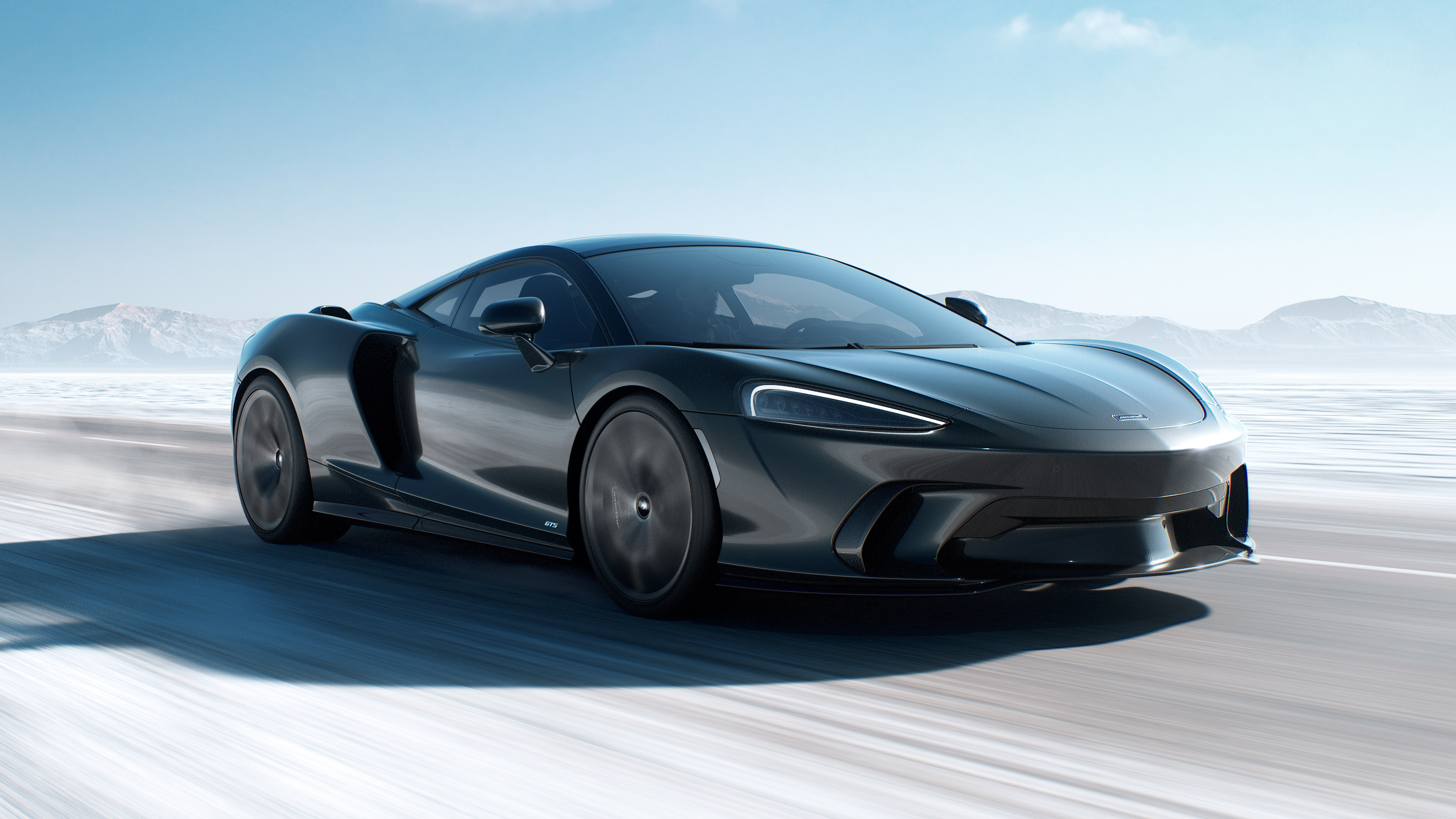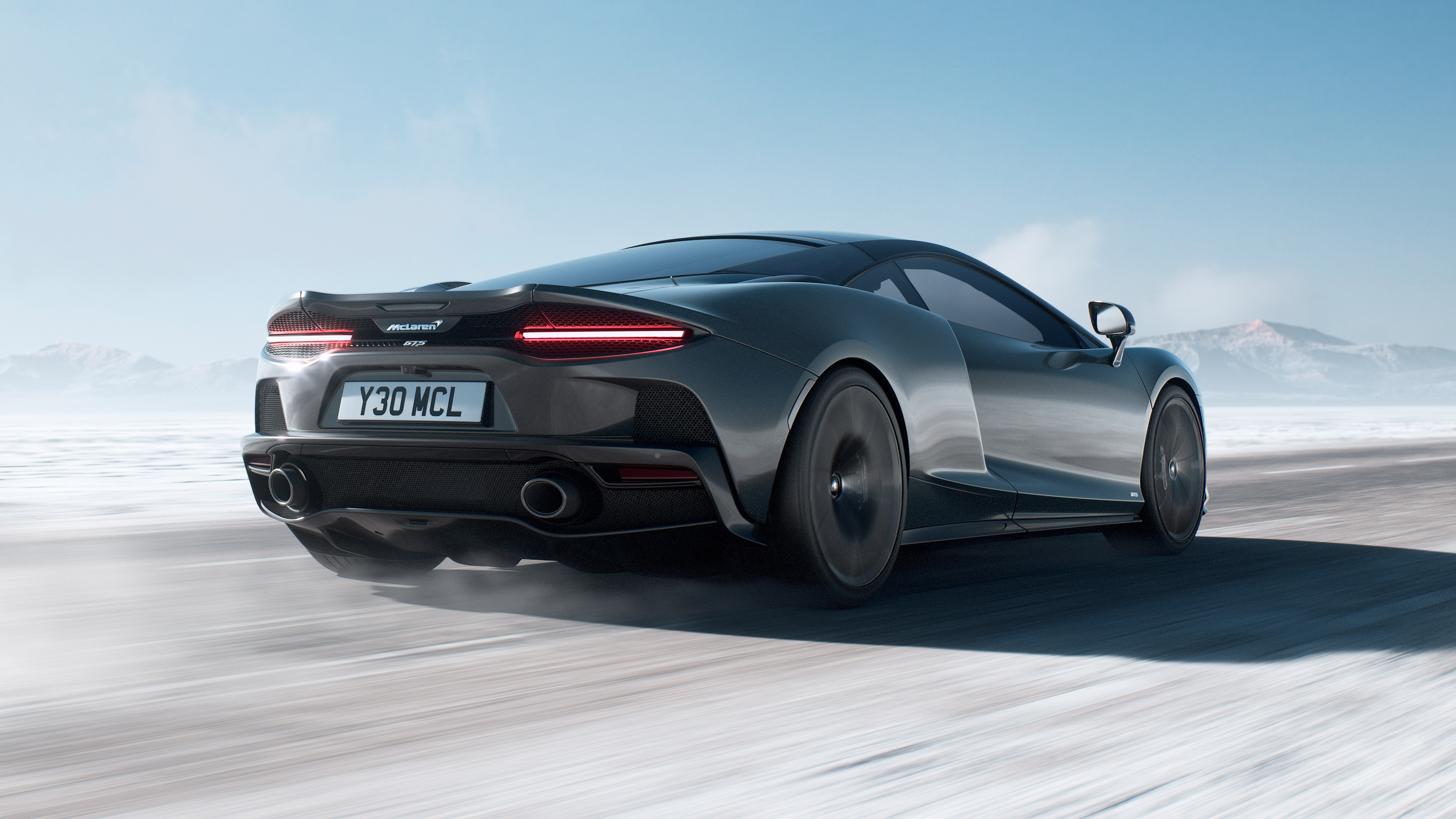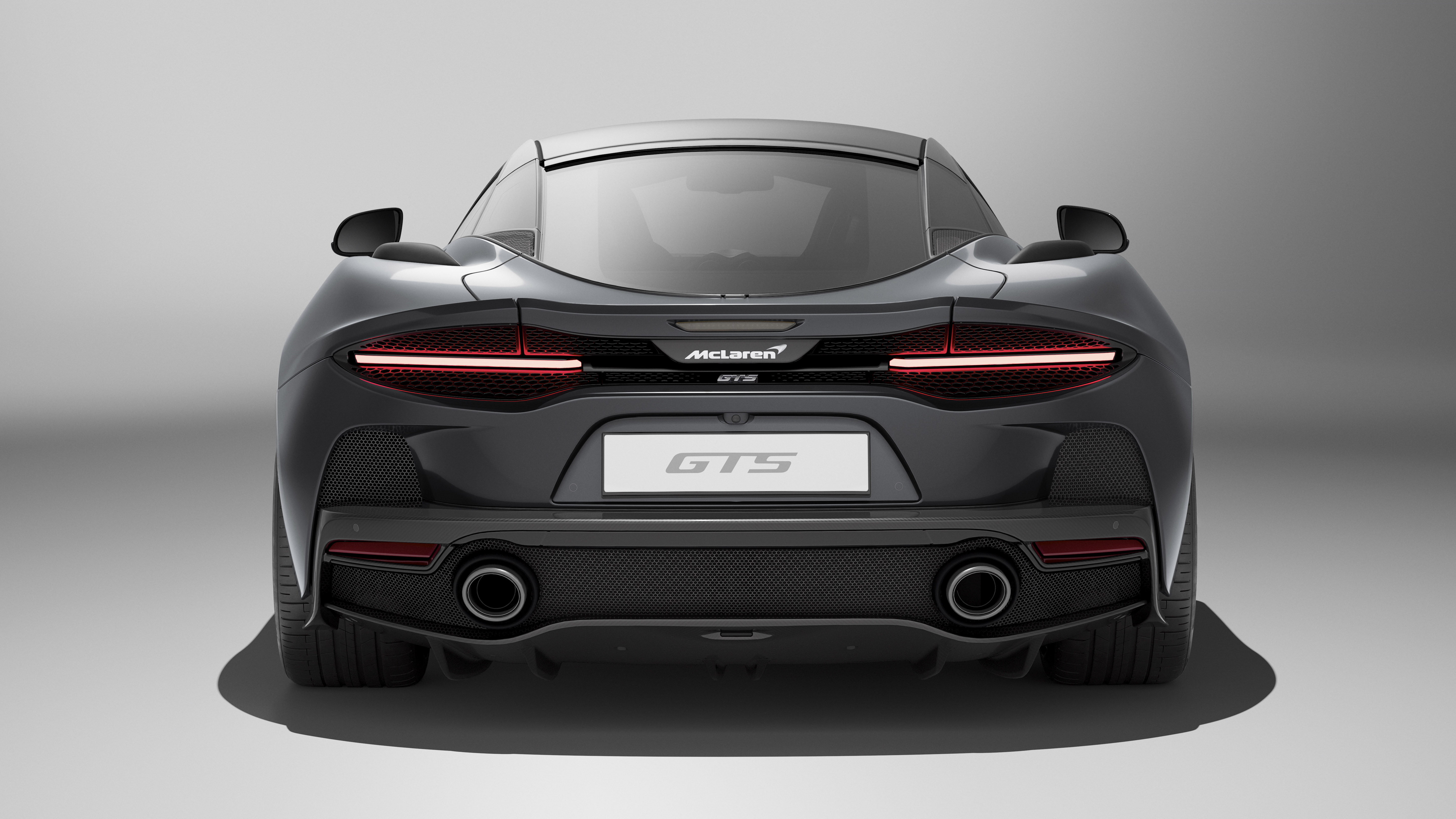
The McLaren GTS has morphed from the GT
McLaren’s wannabe grand tourer gets more power, less weight and minor styling changes
The McLaren GT is dead. Long live the McLaren GTS.
Yep, McLaren’s slightly more practical supercar has been updated and has been given a new name in the process. Fancy a game of spot the difference? We’re told that the visual changes include a new ‘more assertive’ front bumper with wider air intakes, plus taller and more pronounced air scoops on the car’s shoulders. That's about it though. Although actually there are some new paint colours, a new wheel design and some GTS badging.
Still, the larger intakes at the front and rear do help feed more air into the 4.0-litre twin-turbo V8. And it’ll be thankful for that extra cooling as power has risen to 626bhp for the GTS thanks to “increased crankshaft torque enabled by more aggressive combustion phasing and revised ignition timing”. Lovely bit of nerdiness. Fact fans will likely remember that the GT made do with just 612bhp.
McLaren reckons that the 0-62mph sprint still takes the same 3.2 seconds though, while 0-124mph drops a tenth to 8.9 seconds. Top speed remains a healthy 203mph, and all of the power is still going through that seven-speed gearbox.
There’s also less weight. McLaren has bucked the trend to lose 10kg from the old GT, meaning the GTS tips the scales at a very respectable 1,520kg. The benefits of a carbon tub. Plus, we’re told that the standard electro-hydraulic steering, the adaptive dampers and the carbon ceramic brakes have all been tuned specifically for the GTS.
This is all proper supercar stuff though. Isn’t this supposed to be McLaren’s practical grand tourer (hence the original name)?
Well, we’ve always found that the GT was far more supercar-like than rivals such as the Porsche 911 Turbo S and Bentley Continental GT, and that doesn’t look set to change with the GTS. You can spec an ‘underbody carbon pack’ to have the front splitter, side skirts and rear diffuser in the woven stuff, and there are still Comfort, Sport and Track modes to play with.
There is one practical feature that has been given an upgrade though: the nose lift now takes just four seconds to raise ground clearance from 110mm to 130mm, which is apparently more than twice as fast as before.
On the inside you get comfort seats as standard, and the screens remain the same as before meaning a 10.25-inch digital instrument display and a 7.0-inch portrait central touchscreen. An electrochromic glass panoramic roof is still an option, while new interior ‘schemes’ known as Performance and TechLux bring different materials and options together in handy packs.
Top Gear
Newsletter
Thank you for subscribing to our newsletter. Look out for your regular round-up of news, reviews and offers in your inbox.
Get all the latest news, reviews and exclusives, direct to your inbox.
Trending this week
- Car Review
BMW 1 Series










